Red Sea in Egypt
The Red Sea coastline has grown into a popular beach destination for tourists passing up the wonders of the Nile Vall...
Due to its location below to the northern-most cataract on the Nile, Aswan marked the traditional southern frontier of Egypt with rival Nubia. Throughout ancient history the Nubians competed with the Egyptian pharaohs for territory and influence as their power ebbed and waned; however, Aswan remained the natural border between them.
It was not only a political boundary, but also a natural economic intersection and the city thrived as a trading post and gateway between Egypt and the rest of Africa. North of Aswan the river is navigable all the way to the Mediterranean Sea so overland trade routes, caravans of elephants and camels carrying valuable goods from the south, converged here to load their goods onto boats traveling north Egypt and beyond.
Aswan’s location at the cataract has continued to shape its history even in modern times. During Egypt’s colonial era, Aswan was a staging ground for Anglo-Egyptian forces heading south to quell unrest in Sudan. After this at the close of the 19th century, Aswan grew into a tourist destination with its warm winter weather attracting European travelers, who sought to escape the cold in their homelands.
Today it is still a must-see tourist destination in Egypt, famous for beautiful scenery along the Nile and the Nubian culture that is still a strong influence in southern Egypt. Construction of the controversial High Dam in 1964, displaced nearly 100,000 Nubian people who lived along the banks of the river. Many of these people now live in and around Aswan and make a living from tourism either by manufacturing and selling traditional Nubian goods or in other cultural displays.

Given Cairo’s frenetic pace and the concentration of tourists in Luxor around its many Pharaonic monuments, Aswan provides a much more relaxed experience. It is the smallest of Egypt’s major touristic cities, but it also bears the distinctive mark of the more relaxed Nubian culture. Those interested in Pharaonic history cannot pass up Aswan because of the impressive Philae Temple nearby, located on an island behind the old Aswan Dam, and the famous Abu Simbel Temples several hours south along the banks of Lake Nasser.
Abu Simbel was rediscovered in 1813 by Swiss explorer John Lewis Burckhardt. The temples had long been forgotten and the sands of the desert sands had covered all but the tops of the heads of the huge statues in front of their entrances. Since 1909 when the sand was finally cleared away, these twin temples have become the most famous site in Egypt’s south.
Although they seem like monuments to Ramesses II and his wife, both temples are actually temples dedicated to the gods. The larger temple with four huge statues of Ramesses II seated in front of it is dedicated to Amun, Ptah, and Re-Harakty. The second temple, still huge although significantly smaller than the first, was built to honor Ramesses favorite wife, Nefertari, and is dedicated to the goddess Hathor.
The temple has six colossal statues on its facade, four depicting Ramesses and the two showing Nefertari. The second temple is significant for the status that is afforded to the wife of the pharaoh, depicting her several times on equal footing with the pharaoh.
The temples are located several hours drive south of Aswan, but most tourists actually arrive at Abu Simbel by plane. The flight from Aswan is only 30 minutes and there are two flights a day, timed so that tourists will have about two hours to spend at the temples.

Aswan was also the source of much of the granite used in ancient construction projects and some of the quarries are open to tourists today—a highlight being the Unfinished Obelisk. This huge obelisk would have stood 140 feet in height, the largest even in Egypt. It was to be carved from the Red Aswan granite that decorate many of Egypt’s greatest monument and for which the city is famous. This greatest of all of Egypt’s monoliths, however, was never finished. At a late stage in its formation, a flaw in the rock was discovered and it was abandoned. Despite all of this, the real centerpiece of Aswan is the beauty of the river and the Nubian people. Sailing on the swirling, translucent blue waters of the Nile to visit one of the island villages near the city is sure to be a highlight of any trip.
A trip on one of our lake Nasser cruises to one of the islands near Aswan or a short cruise on the river is an essential part of any tour in Aswan. Lake Nasser cruises provide a more tranquil experience than the popular river cruises between Aswan and Luxor. Choose one of our lake cruises like SAI Dahabiya Lake Cruise, Movenpick Prince Abbas Lake Cruise, MS Nubian Sea Lake Nasser Cruise, or Steigenberger Omar El Khayam Lake Cruise. Also, Many Tourists book a Nile Cruise tour Between Aswan and Luxor.

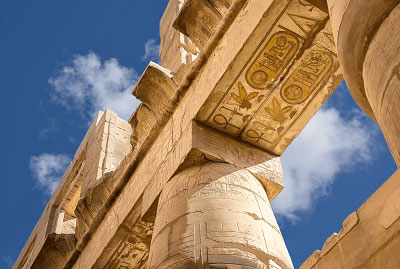
Safaga Shore Excursions Tours: One day tour Safaga to Luxor Visiting the Highlights of luxor West and East Bank that includes a visit to Valley of the Kings, Hatshepsute Te...
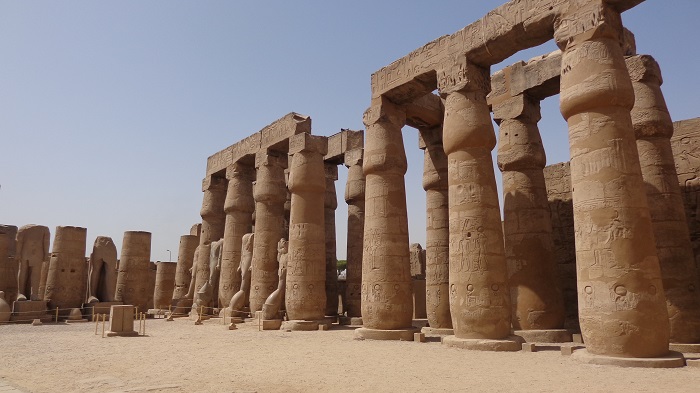
Safaga Shore Excursions: Overnight trip to Luxor from Safaga port visiting Luxor Temple, Karnak temples and Valley of the Kings and more. You are going to have a private to...
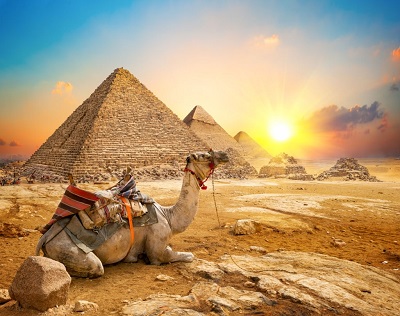
Safaga Shore Excursions: Private tours from Safaga Port Visiting Cairo and luxor for 2 Days 1 night visiting Giza Pyramids in cairo ,Luxor Temple,Valley of Kings and Coloss...
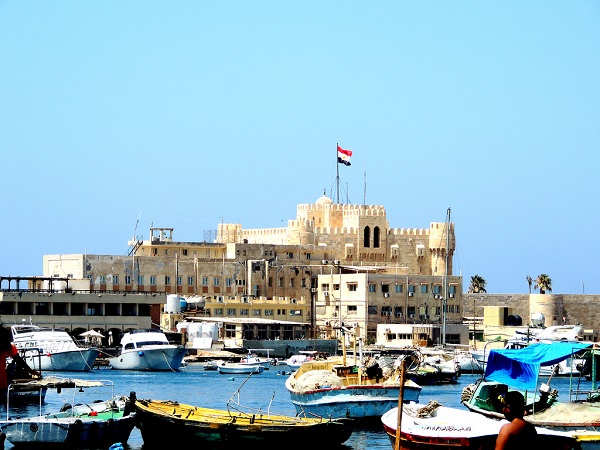
Enjoy Cairo To Alexandria Day Trip, Visiting rock-cut Roman catacombs, the ruins of a Roman temple complex, and Qaitbey Citadel. Visit the old Bibleotheca Alexandrina and e...
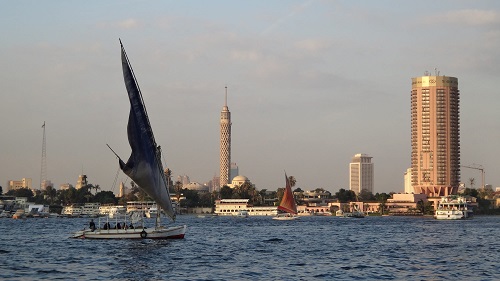
Waft along the fabled River Nile in time-honored Egyptian style on a private 60-minute 'felucca' boat ride in Cairo. Settle aboard a comfortable, white-sailed '...
Your entire vacation is designed around your requirements with expert guidance every step of the way.
Speak with our Egypt specialists for your perfect luxury journey.